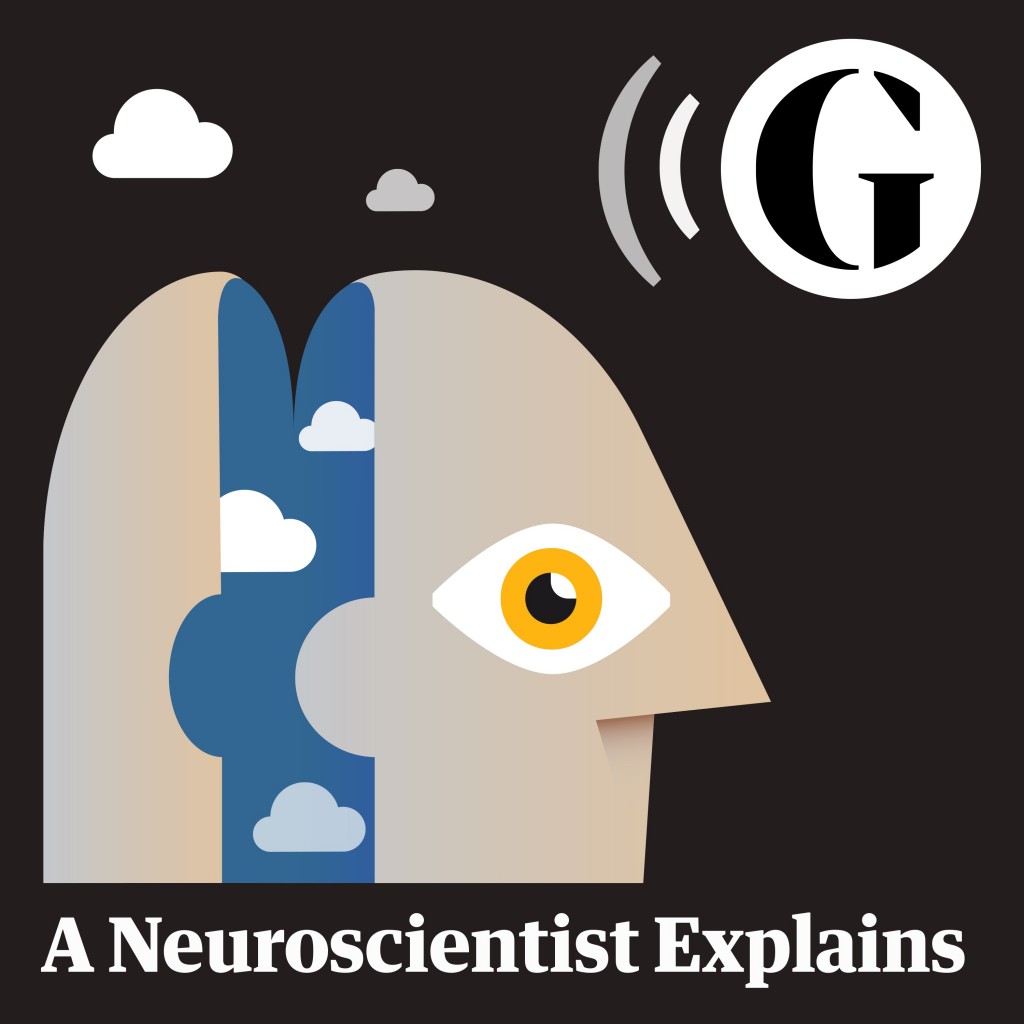Tuesday, 8 January 2019
Daniel Glaser: A Neuroscientist Who Explains

This week I’d like to tell you about a little gold mine of easy-to-understand explanations of neuroscience. It’s a weekly blog and podcast called “A Neuroscientist Explains”, by Dr. Daniel Glaser, and you can access it on the website of the newspaper The Guardian.
Glaser has had an interesting career as a scientist who always places great emphasis on sharing his knowledge with the general public. He has also taken an interest for many years in the arts and in multidisciplinary approaches—for example, he has conducted studies in which he compared the activation of mirror neurons in the brains of ballet dancers and of practitioners of the Brazilian martial art of capoeira. Glaser is now the director of Science Gallery London, an organization that builds bridges between the arts, the sciences and health through research, experimentation and exhibitions to which the general public is invited.
Glaser began publishing his blog in September 2015. Each week he adds a short post on the neuroscience behind current events and phenomena of everyday life. He began producing his podcasts in January 2017 in collaboration with Max Sanderson, an audio producer for The Guardian. Each podcast is based on one of Glaser’s blog posts, runs about 30 to 40 minutes, and comprises an interview in which Glaser and Sanderson interview an expert on the subject of the blog post and pepper him or her with questions about it.
Since my blog and Glaser’s share the goal of explaining neuroscience to general audiences, it’s no surprise that the two blogs sometimes address similar topics. Here are a few examples of recent podcasts by Glaser on subjects that I have also discussed in this blog; by listening to the one and reading the other, you can get a richer understanding of these subjects.
In his podcast of April 9, 2018, about how we read words, Glaser interviews Cathy Price about the controversy between the theory embraced by people such as Stanislas Dehaene, regarding the “visual word form area”, and Price’s approach, which takes a far more dynamic view of the brain, with less emphasis on specialized brain areas.
Glaser’s podcast of March 19, 2018 deals with psychology’s replication crisis, using as an example a study that I had mentioned in my blog, comparing how holding a cup of hot coffee or a cup of cold tea for a few seconds biases your subsequent perception of someone as having a warm or a cold personality.
Glaser has also made some podcasts on more general subjects, such as magnetic resonance imaging (MRI), that I have also discussed on my website (but the expert whom Glaser interviews goes into far more detail on the operating principles of MRI).
Here are a few examples of blog posts that Glaser has published and places where I discuss the same subjects in my website or my blog: his post on how rhythms become a vital part of us, my website discussion of our 24-hour biological clocks, and my blog post on dynamic nervous system processes that operate on other time scales; his blog post on the magic of everyday perception and my blog posts on the essential contributions of magicians and pickpockets to our understanding of attention in humans; and his blog post on why we replenish only some of our cells, a much debated aspect of the development of new neurons in the adult human brain, which I addressed in an April 2018 blog post on recent research in this area.
From the Simple to the Complex | Comments Closed







